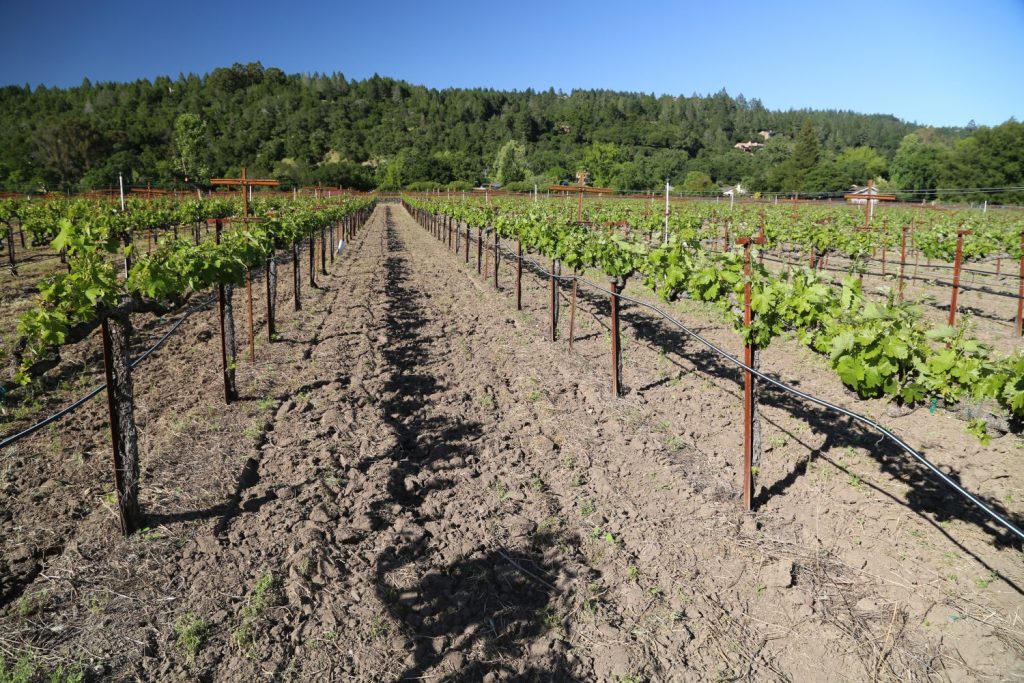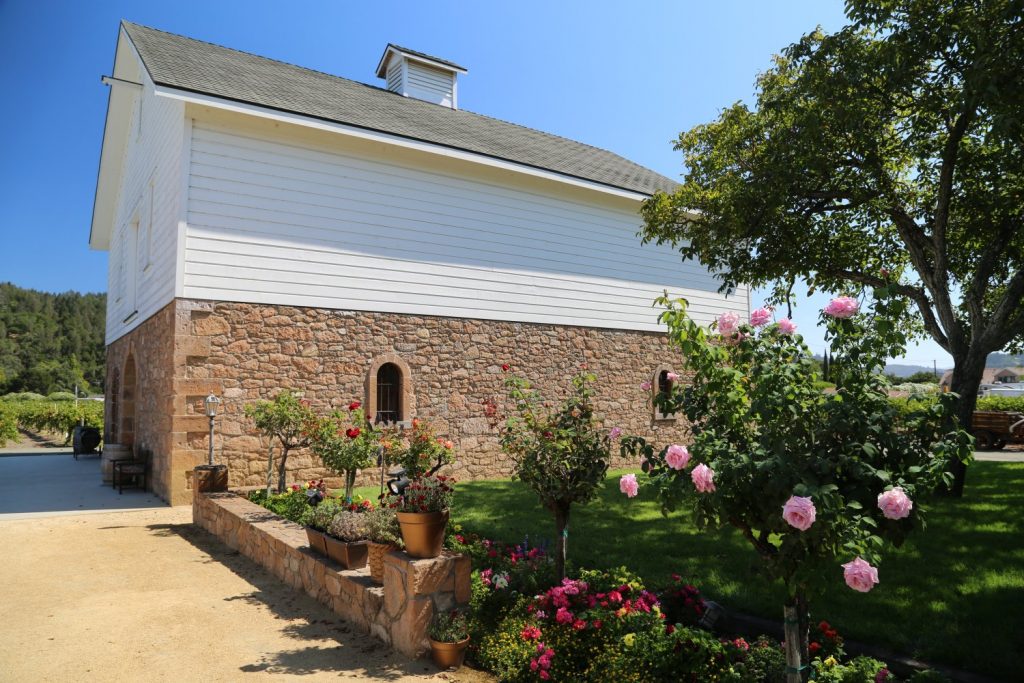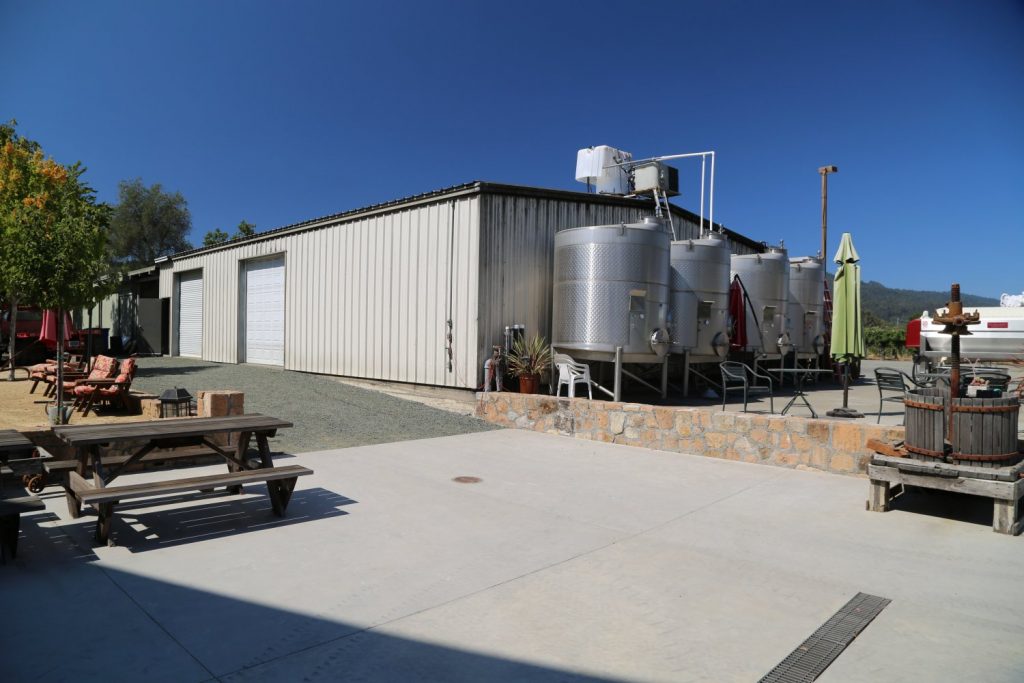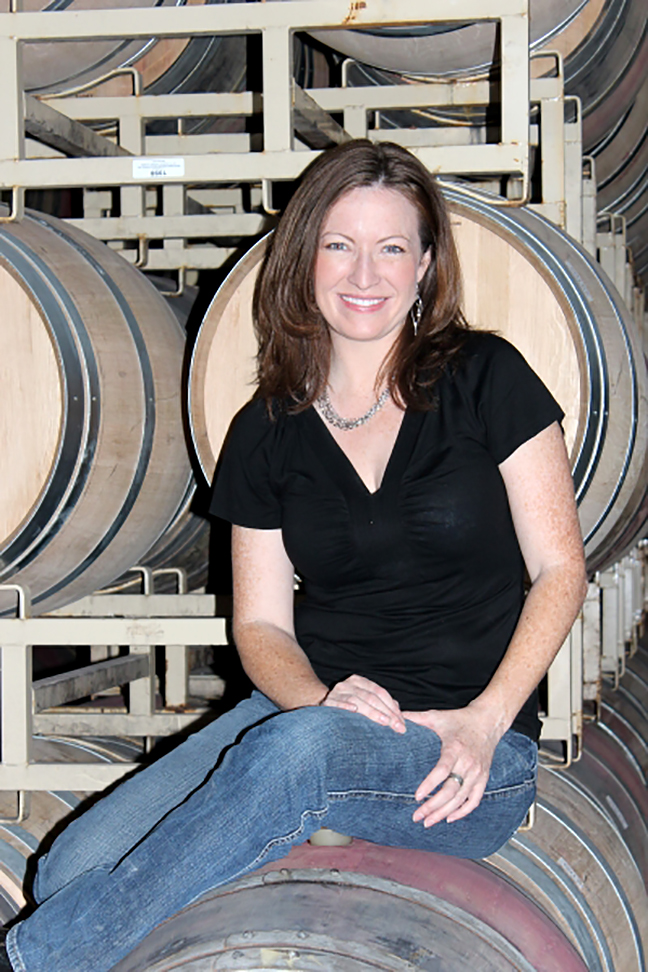Deep ruby color; black cherry, blackberry, raspberry, violets, gravel, leather on the nose; sour cherry, plum, blackcurrant tang, blackberry, strawberry on the palate.
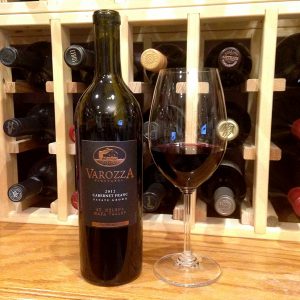
Dry; somewhat assertive tannins—decanting advised; good acidity. Medium body. Smoother mouthfeel than cabernet sauvignon, especially after decanting. Bell pepper, a characteristic of early harvest cab franc, is only a hint here, so Varozza likely pushed the ripeness to accentuate the fruit. There are whispers of oak, but not assertive and reserved spice notes, so Varozza likely was restrained on new barrels and barrel time. It is hard to know, because Varozza only produced 25 cases of this—I snared this at a quality wine store—so they don’t even have it listed on their website. That likely means you have no chance of finding this at your store. But you can find Varozza, a quality maker, especially of cabernet sauvignon.
I post this review to entice you to try a pure cabernet franc play from another maker or another Varozza vintage. It will be more restrained than cabernet sauvignon and more burly than merlot, often with vivid fruits. Cabernet franc is famous as the third blending grape in Bordeaux blends, but it also should be famous for its offspring. It is one of the parents of cabernet sauvignon (sauvignon blanc is the other), and is a parent of other varieties such as merlot, malbec, and carmenère. Ongoing DNA tasting may reveal more.
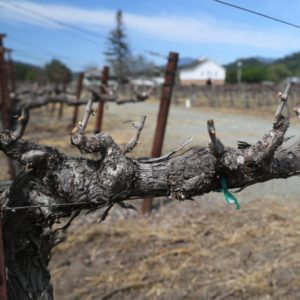
Varozza is Napa Valley soul. One hundred years of winemaking, five generations, calluses on hands, mud on boots, lovers of land and vines. Varozza is 38 stunning acres of family-farmed acres that include some of Napa’s oldest vines. They were into dry farming before there was a California water crisis. They were into sustainable management before that was the Next Big Thing.
Varozza once received advice to pull out their ancient vines because of the reduced production of grapes. No, they said: ancient vines deliver unparalleled concentration and elegance—taste this to enjoy what that means. Varozza describes the vines accurately: “The berries are the size of a blueberry, at best. The skins are thick and tough, and loaded with color and tannin. The flavor they produce lends toward a rustic, earth driven wine with undercurrents of very black fruit. The tannins are incredibly well structured, but integrate into the wine with such finesse you would think it was made of silk.” I can’t add or subtract from that description.
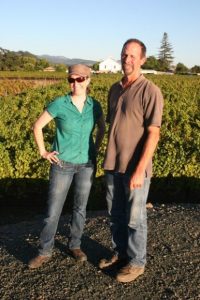
Kristy Melton is the consulting winemaker since 2010. Although she lives in Napa now, the El Paso native confesses part of her heart will always remain in Texas. She earned a BS in animal science from Angelo State University in San Angelo, Texas, and originally pursued a career in medical research. She joined the National Institutes of Health in 2000, moved to Washington, DC and began her life behind a microscope. In an unplanned trip to Napa, however, Kristy recognized an opportunity to blend two of her life’s passions: science and wine. The next year she was one of only seven students accepted at UC-Davis masters program, where she earned her MS in viticulture and enology in 2007. Later she was named Wine Enthusiast Magazine’s “Top 40 under 40 American tastemakers.” This effort displays her talent.
Varozza Vineyards Estate Cabernet Franc St. Helena Napa Valley 2012 presents a mélange of tasty dark and red fruits, clearly worth a sip when offered or acquired. Cab franc is the parent grape of cabernet sauvignon and merlot, and you get slices of each in this effort. Pair with roasted or grilled beef, burgers, pork, roast chicken, lamb, sausage, very hearty fish dishes, pinto beans, black lentil, eggplant, soft cheese, goat cheese, spinach quiche. $100
